To display in FULL SCREEN hover the cursor over the image above and click the top left zoom button
Charles Cowles-Voysey was the son of the famed Arts and Craft architect
and designer C.F.A. Voysey.
However it would be wrong to view Cowles-Voysey in relation to his father – even if he made a conscious decision to differentiate his own work in form and style – for he was a talented and prolific architect in his own right.
Charles Voysey undertook his architectural training at the Architectural Association and the Bartlett School, UCL. In 1909 he worked under Horace Field for a time before going on to work with John James Burnet and Horace Farquharson. In 1912, at the age of 23, he married Denise Cowles, adding her name to his, and set up his own practice.
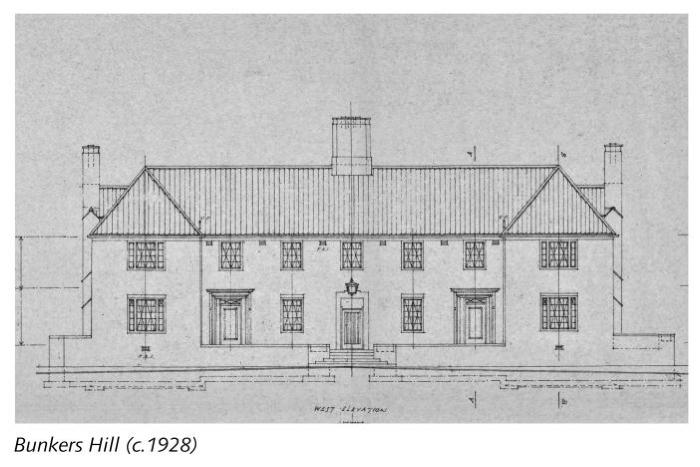
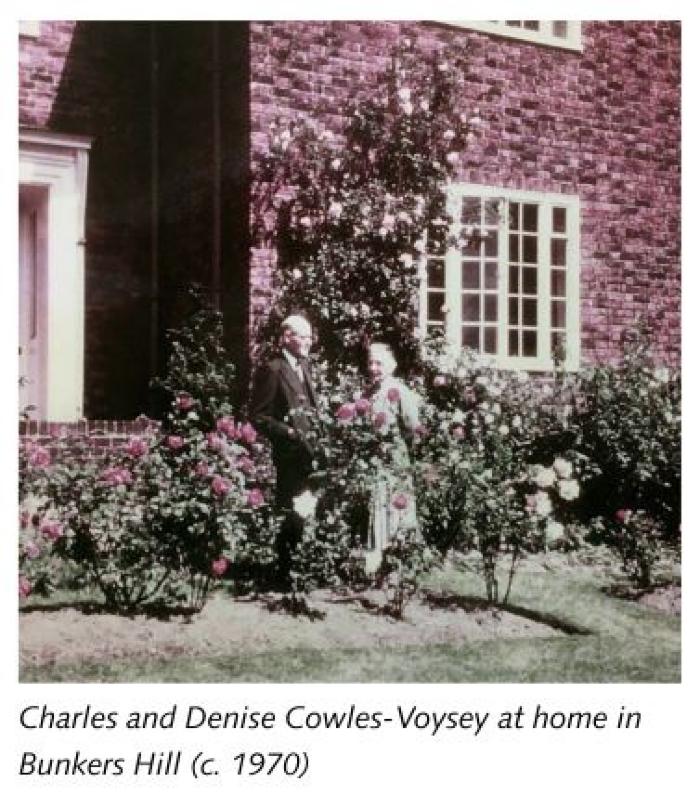
His first commission was a house, 19 Wellgarth Road, for Eva Hubback, later to become Principal of Morley College in Lambeth. Cowles-Voysey would design the reconstruction of Morley College in 1954, one of his last projects before retiring.
His early career was interrupted by the First World War, however in the 1920s his practice began to grow. In this decade he designed some large scale projects, such as the White Rock Pavilion in Hastings and Kingsley Hall in Bow, as well as smaller ones, including houses on Wildwood Road and his own house on Bunkers Hill. Nos. 34-48 even Wildwood Road are a run of simplified Georgian Revival houses set at the foot of the hill.
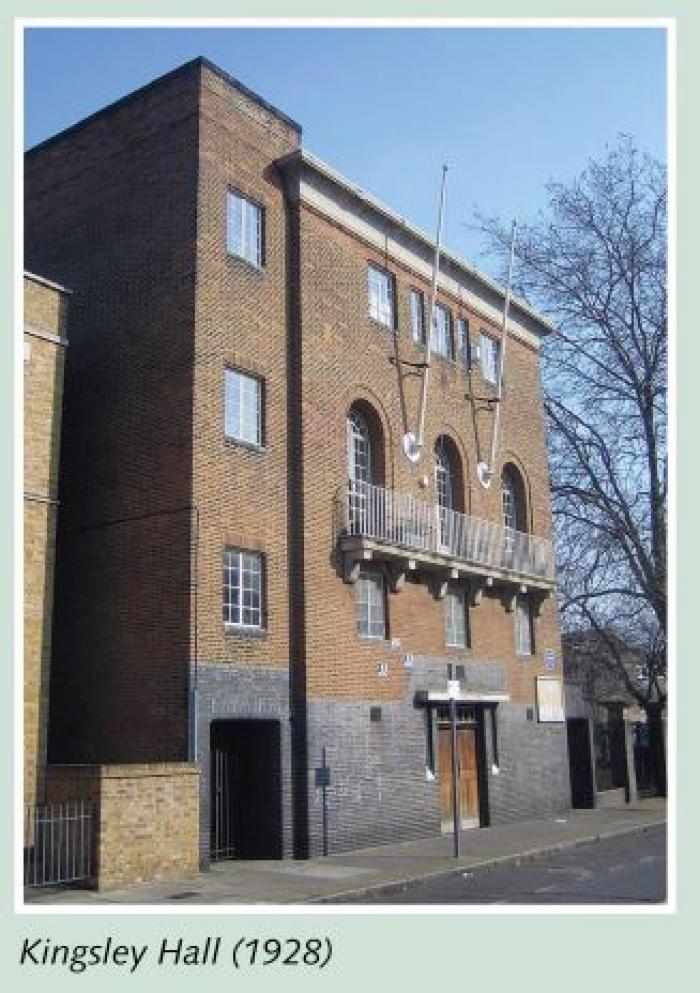
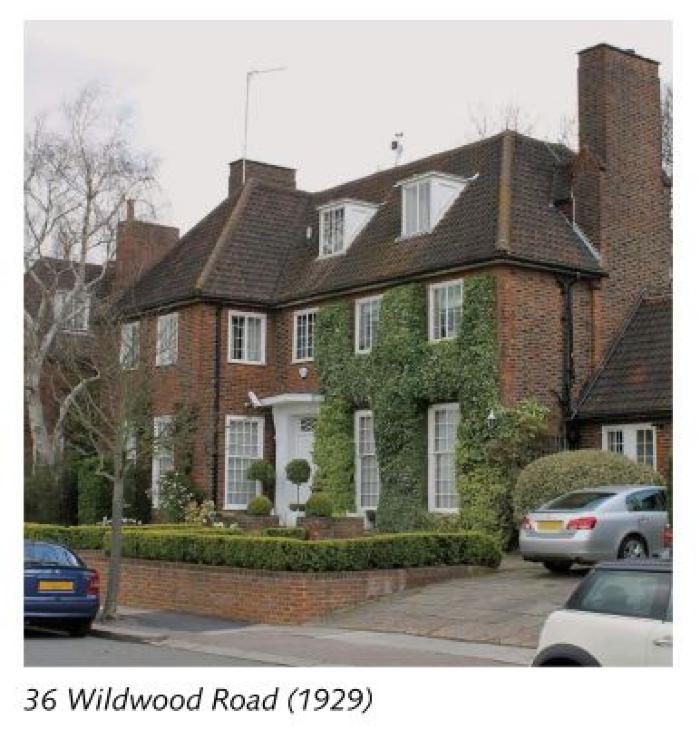
It was in the 1930s that Cowles-Voysey completed many of his most notable works, carving out a niche designing town halls and council offices. These included the town halls of Watford, Worthing and Bromley as well as the Cambridge Guildhall. All were well publicised and received praise in both the general and architectural press.
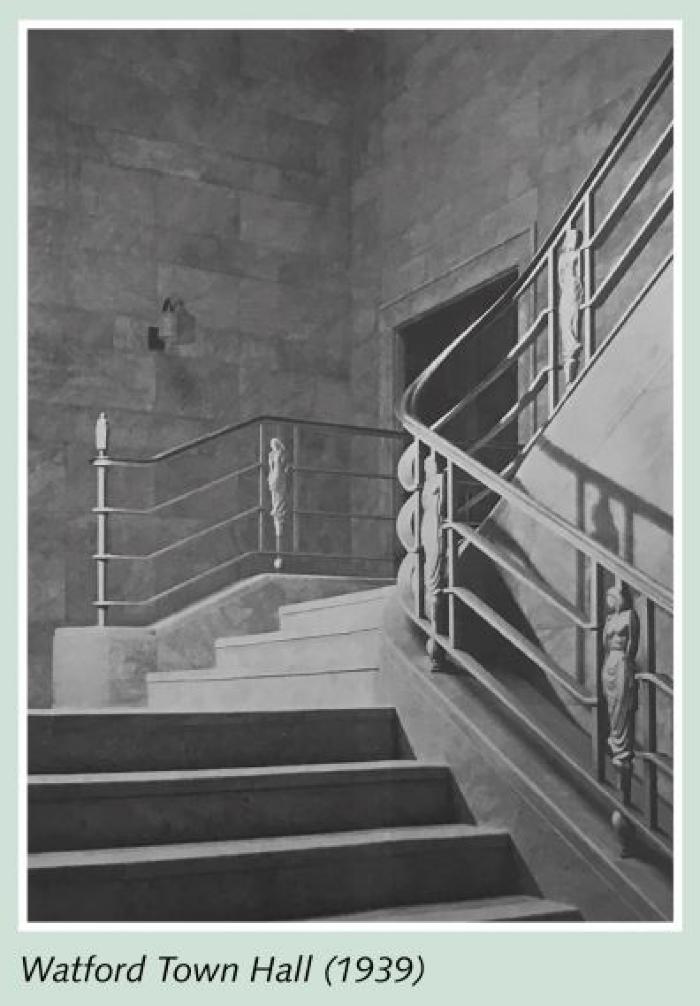
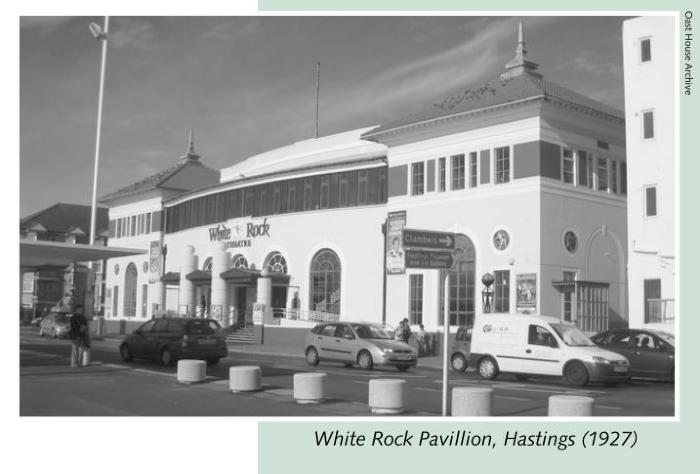
Cowles-Voysey’s work in both domestic and civic architecture has an appeal because of its modesty and consideration: classically proportioned and not cluttered with unnecessary ornamentation, with great attention paid to choice of material and craftsmanship.